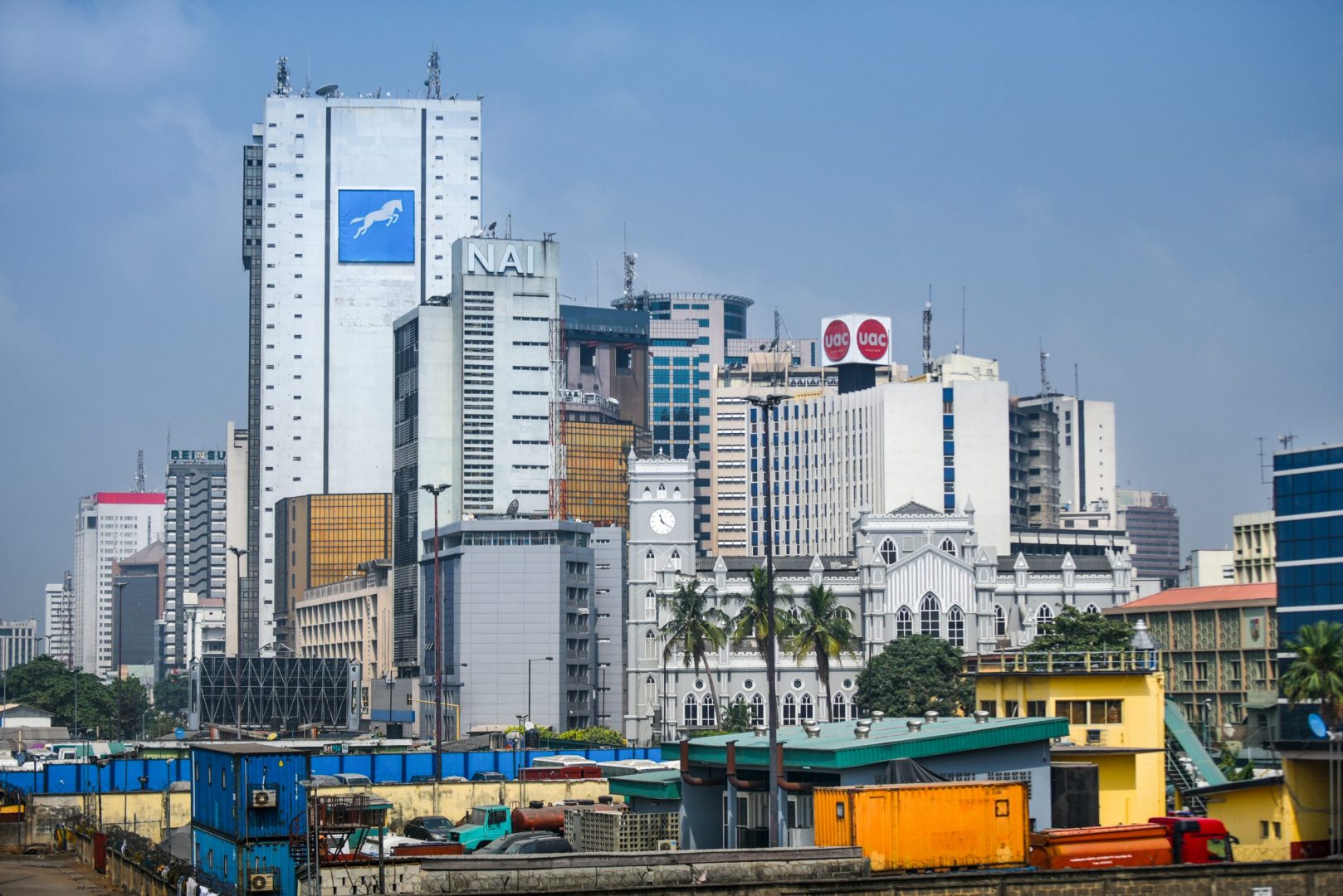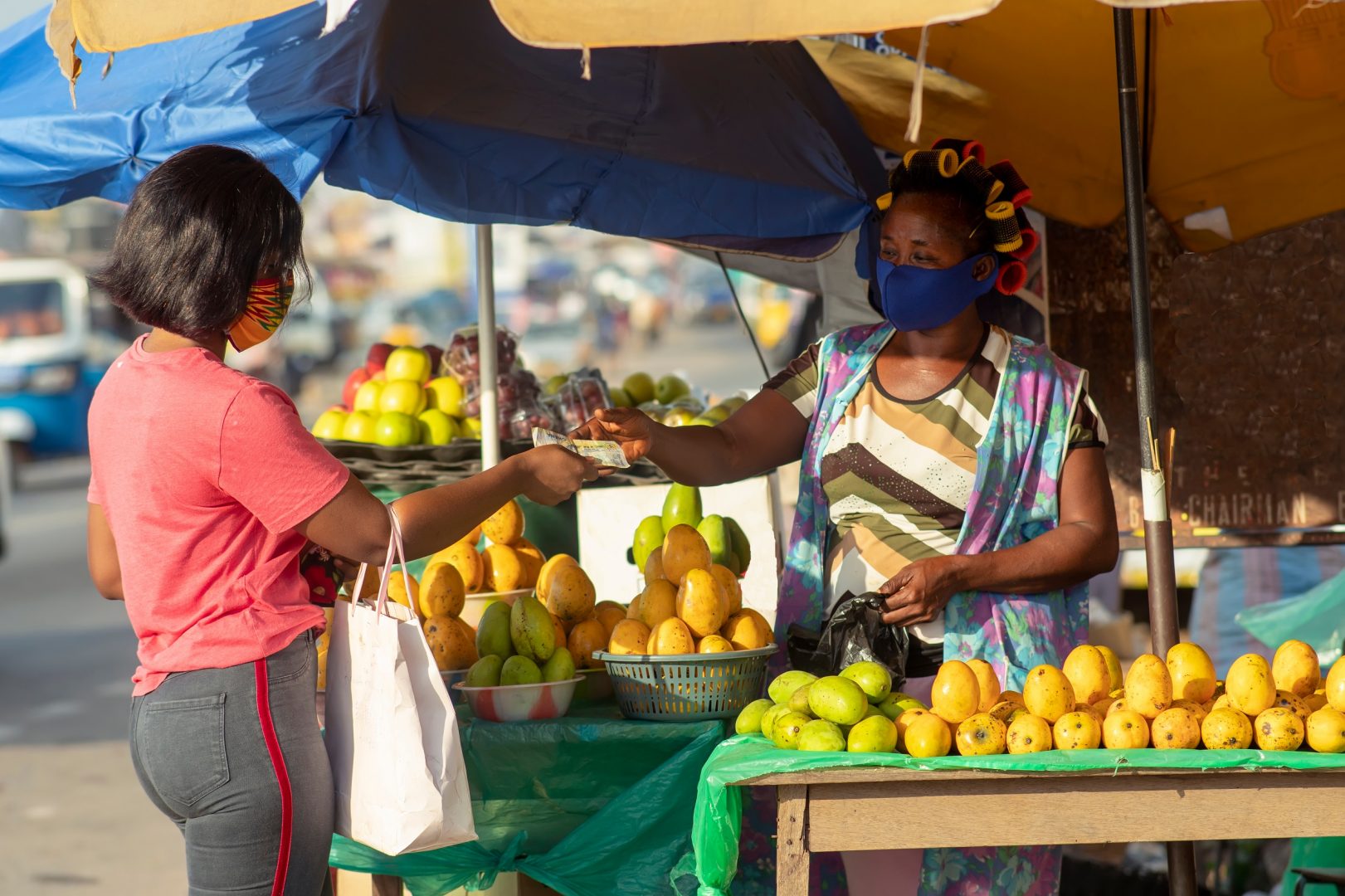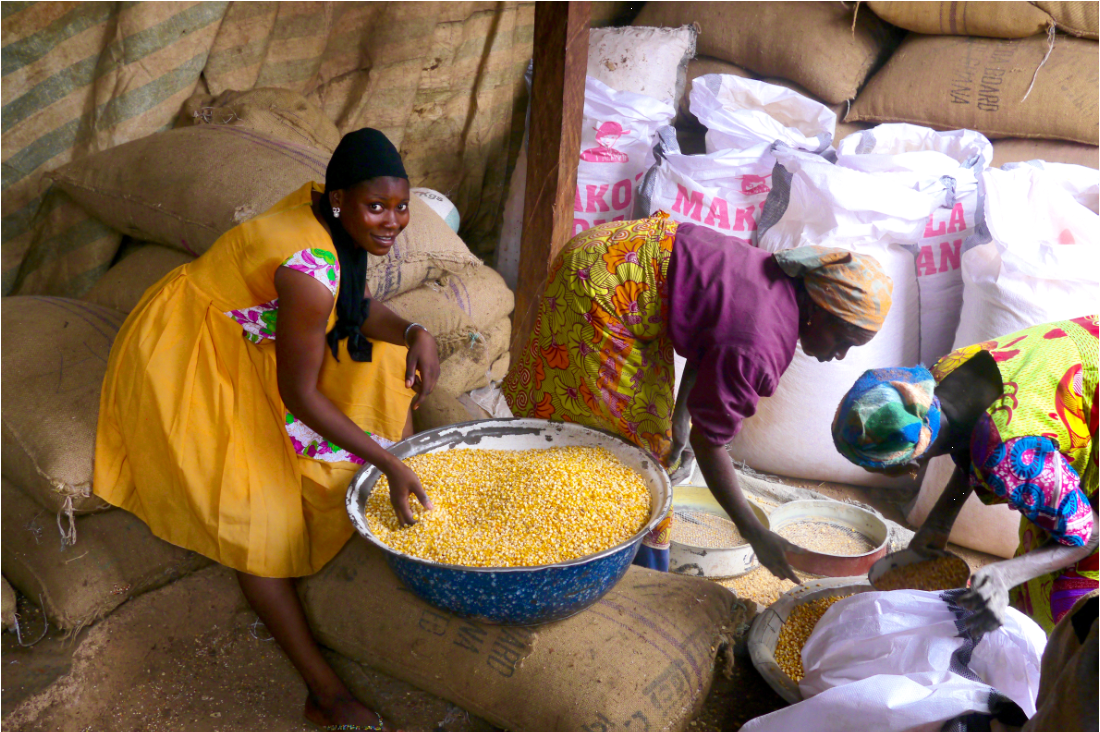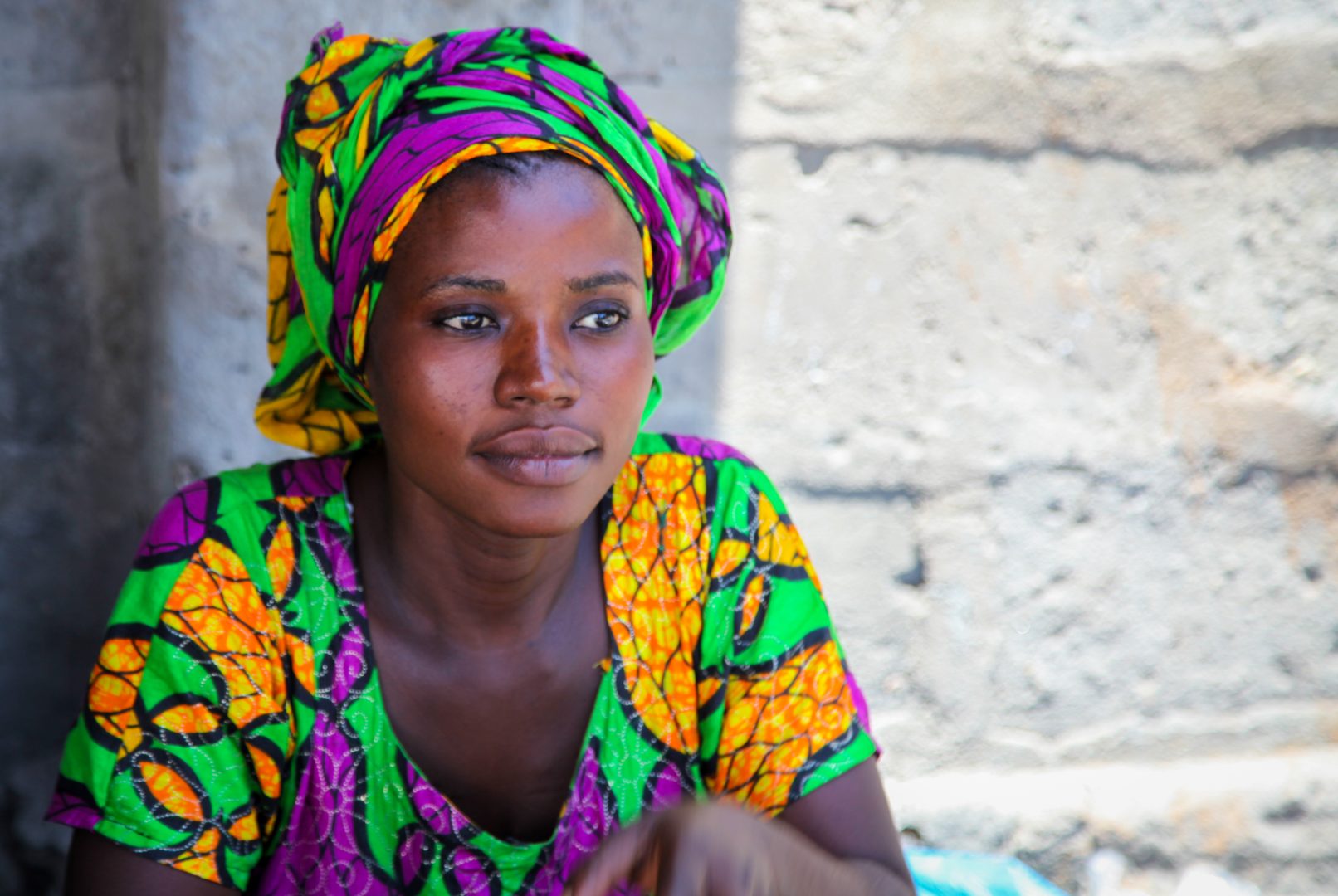Trade finance allows businesses to buy and sell goods and services more easily by ensuring secure payments. It reduces the risk for exporters regarding payment, and for importers regarding the receipt of goods. In 2016, the World Trade Organisation estimated that approximately 80 per cent of global trade relies on trade finance.
Development finance institutions (DFIs) play a crucial role in fostering international trade in developing countries. Research by the Asian Development Bank estimated that the global trade finance gap (or the unmet demand for financing to support imports and exports) widened to $2.5 trillion in 2022. By providing financial support and risk mitigation, DFIs help bridge this gap and enable businesses to engage in cross-border trade. Trade finance contributes to more resilient supply chains, employment opportunities, and long-term economic growth as well as regional economic integration in low-income countries. An evidence review by the London School of Economics Trade Policy Hub in 2021 highlights the importance of trade finance for development.
We provide trade finance in markets in Africa and South Asia facing challenging macroeconomic conditions. Banks typically set strict limits on their trade finance exposure to clients in these countries, which impacts how much support they can provide to local businesses to facilitate trade of their goods and services. Today our trade finance programme has reached $1 billion, and we expect these commitments to support a total value of $3 billion in trade every year.
Our Master Risk Participation Agreements (MRPAs) make up the bulk of our trade finance portfolio. MRPAs share the risk of backing trade transactions with partner banks. They enable businesses to import and export essential goods, and countries to earn foreign currency. Since 2022, we have grown our MRPA exposure in low-income and fragile markets (such as Mauritania, Ethiopia, and Nigeria) from 5 per cent to about a quarter of our portfolio. This helps ensure trade finance benefits the most underserved firms, their employees, and their customers.
What can we learn from this study?
This report evaluates our investments in two MRPAs. The study aims to assess the benefits and impacts of these investments on confirming banks, issuing banks, and importers and exporters (who use the products financed by the issuing banks). The study drew on desk research, analysis of BII’s internal monitoring data, and interviews with BII, confirming banks, issuing banks, and importer and exporter clients in five countries: Bangladesh, Kenya, Nigeria, Mozambique, and Pakistan.
The study found that our risk-sharing agreements enabled confirming banks to confirm more trade finance transactions in countries where they had reached the ‘ceiling’ for their risk exposure. Adjustments to the MRPAs, such as increasing the risk-share by BII, funded participation agreements, and increasing the size of the MRPA all led to a rise in trade finance confirmations. BII’s support was found to be effective in enabling confirming banks to overcome challenges associated with higher levels of credit and political risk.
The study also demonstrated the importance of MRPAs in sustaining trade flows during economic downturns. In response to the liquidity crisis caused by the COVID-19 pandemic, BII increased the size of the MRPA facility with selected confirming financial institutions and entered new risk-sharing facilities. Although the increase in our trade finance risk exposure was not matched by an equivalent increase in the total value of confirmations during the pandemic, without our intervention, the study estimates that the overall volume of trade finance confirmations would have been negatively impacted.
The study also highlights important limitations of MRPAs. Discussions with issuing banks and importers indicated that foreign exchange (FX) shortages in Nigeria and Mozambique were critical barriers preventing issuing banks from providing trade finance to their clients. Similarly, FX shortages in Pakistan and Bangladesh exacerbated the challenges faced by issuing banks in making trade finance available to importers. This highlights the importance of reforms by country authorities beyond the scope of trade finance investments to address FX shortages. It also reflects the needs for funded trade finance products in these markets. For example, our trade loans provide FX liquidity to issuing banks, with trade loans and funded MRPAs now making up more than 70 per cent of our overall trade finance portfolio.
Additionally, the evaluators noted how BII and other DFIs can’t directly influence the pricing or structure of trade finance products offered by issuing banks, or their willingness to target groups such as small and medium-sized enterprises (SMEs). SMEs remain constrained in their ability to access trade finance and need targeted trade finance products. The evaluators recommended that we increase our direct engagement with issuing banks to enhance the impact of MRPAs and their reach to underserved customer segments like SMEs. They also recommended expanding initiatives like our Trade Access Programme, which reaches smaller businesses who are active members of local supply chains, but who often face high rejection rates for trade finance by offering them innovative SME-targeted trade finance products which are more affordable and have lower collateral requirements. An evaluation of our Trade Access Programme delivered through Inoks Capital is published here.
The lessons learned from this evaluation highlight the importance of risk-sharing agreements in supporting economic development in poorer countries. We will use the finding from this study to inform future strategies for our trade and supply chain finance investments.









